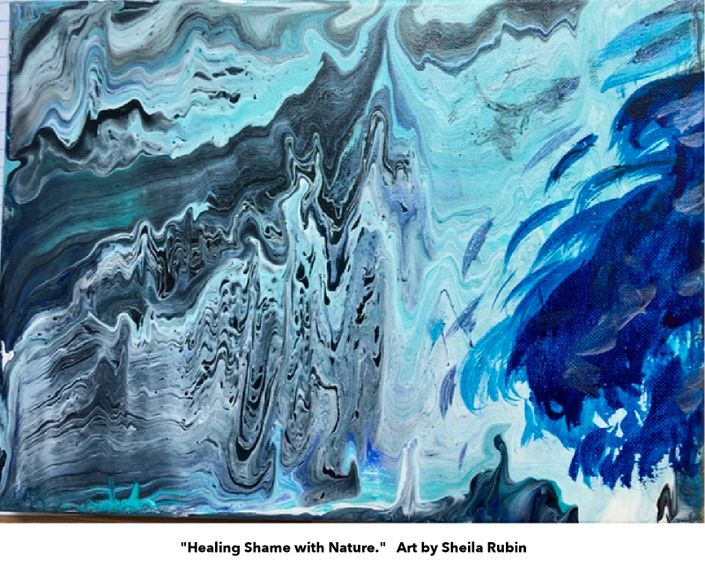
The Shame in Trauma and the Trauma in Shame
Providing Resources
Course Description
This webinar will soon come with 2 CE credits - as a home study opportunity. Email liam.b@usabp.org if you'd like to be notified when the course is ready for CE credits.
Shame often accompanies trauma and being shamed can have a traumatic effect. Shame and Trauma are both states of freeze.
- Describe the strong similarities between shame and trauma - and the important differences
- Name the four basic reactions to shame and the characteristics of each reaction.
- Utilize techniques to counter feelings of shame.
- Discuss strategies to get though shame defenses of over-verbalization, dissociation and freezing.
- Utilize four realms of human experience—cognitive, somatic-emotional, imaginal and interpersonal—to create optimal distance from shame.
- Identify the differences between healthy shame and toxic shame.
Free Access to Event Registrants, Course and CEU Fees:
This Course is available for $45. For an additional $15 processing fee you can receive 2 CE credits for this course (coming soon). USABP Members do not have to pay the $45 dollar course fee. Use your member discount code during the check out process. Contact liam.b@usabp.org for your member or non-member discount code. Non-members who registered for this live webinar event can also reach out by email to receive their discount code. Members and Non-Members do have to pay the CE processing fee (when those become available). NOT A MEMBER and WANT THE DISCOUNT? Join us.
Your Instructor

Sheila Rubin, MA, LMFT, RDT/BCT is a leading authority on Healing Shame. She co-created theHealing Shame–Lyon/Rubin Method and has delivered talks, presentations and workshops across the country and around the world, at conferences from Canada to Romania. Sheila has been presenting Healing Shame workshops with her husband, Bret Lyon, for over 10 years; she has been presenting workshops for therapists about working with shame, eating disorders, and child and family trauma for over 25 years.
Brett Lyon, Phd is the co-director, co-creator and facilitator at the Center for Healing Shame. Additionally, he has been a private practice clinician for over 40 years. Brett teaches at Pomona College, Tufts University and is faculty at American Academy of Dramatic Arts. Brett is widely trained in various somatic approaches and holds certifications in Focusing, Somatic Experiencing and he is a Board Certified Coach.
